Review: Sony Xperia Z1S for T-Mobile
Menus
The Sony Xperia Z1S ships with Android 4.3 Jelly Bean and Sony's user interface customizations. It looks and feels similar to most of the Xperia devices released by Sony over the course of the last year.
There are only two shortcuts on the lockscreen: one for the camera (even if there's a security code in place), and one for the music player. You can't customize the lock screen at all. You can also access the notification tray from the lock screen, but not if you've enabled a security code.
There are five home screen panels for customization. The Z1S includes plenty of widgets, apps, and shortcuts with which to fill the various screens. I like that the main app menu lets you view apps alphabetically, by most recently used, by the order in which they were downloaded, as well as user-arranged order. There's a nifty new tool that lets owners manage the app menu. It's also fairly easy to uninstall apps from the main app menu, as well as share them via social networks. The settings tools function just as on other Android devices, as does the notification tray, though Sony has given them its own look and feel.
The Z1S has Sony's Xperia Small Apps feature. When you press the multitasking button, the recent apps you've used appear as normal in a vertical column. However, a little strip of apps also appears along the bottom of the screen. The Xperia Small Apps include a calculator, note app, clock app, and voice memo app. These aren't shortcuts to full-fledged apps; they are miniature apps that pop up as a small window and remain open on top of any other apps you're using until you close them. The Small Apps can only be launched from the multitasking screen.
The Z1S has a quad-core 2.2 GHz Qualcomm Snapdragon 800 processor. With Qualcomm's flagship silicon under the hood, the Z1S runs perfectly and without issue. I didn't see any performance problems.
Calls and Contacts
The phone and contact applications function similarly to the stock tools offered by Android 4.3. The phone app includes the expected features such as mute, hold, speakerphone, and add a line. The Z1S includes Wi-Fi Calling, which is a feature long offered by T-Mobile smartphones. Owners can take advantage of Wi-Fi networks to place internet-based calls when the cellular network is crummy. I tested this feature, and it worked well. Call quality over Wi-Fi was quite good. (As a bonus, you can also send SMS messages via Wi-Fi, too.)
The contacts app syncs flawlessly with your Google, Exchange, and Facebook contact databases. There are only a couple of widgets and/or shortcuts for adding contacts to the home screen, but the tools taken together are powerful. There's nothing new or exciting to report here.
Messaging
The Z1S has the stock set of Android communications tools, including Gmail, email, Google+, and Hangouts. These apps function just as they do on other devices.
The Hangouts app ties into Google+ for video chats, IM, SMS, and MMS. I still find it rather awkward and clunky to use, especially since it maintains different conversation threads for IM contacts versus SMS/MMS contacts.
The Z1S also comes with Sony's SocialLife app, which is like HTC's BlinkFeed. It's a socialized reader that pulls in your Facebook, Twitter, and YouTube content, and runs it in a stream that's also interspersed with news items. You can customize the news that appears, and use SocialLife to interact with your social networks, as well as share the content that appears in the feed. If you're the type who likes to manage your feeds in a social way from a single user interface, SocialLife does a pretty good job of it. SocialLife stops short of offering all the messaging features found in the dedicated Facebook, Twitter, and YouTube apps, however.
Speaking of which, Facebook is preinstalled, but Twitter isn't.


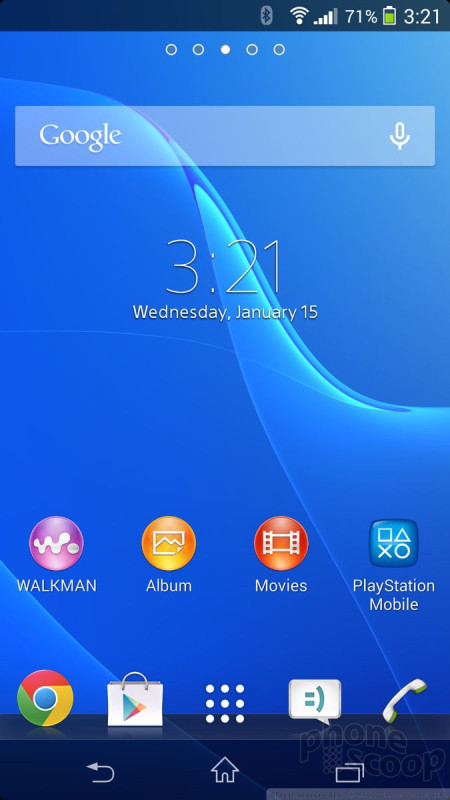






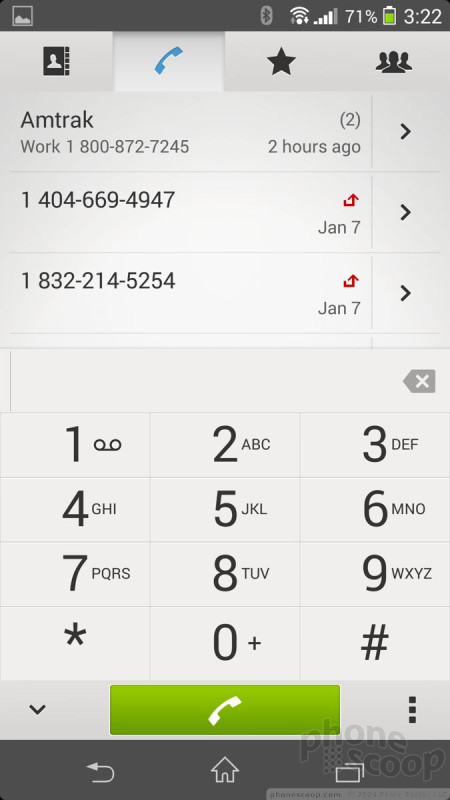


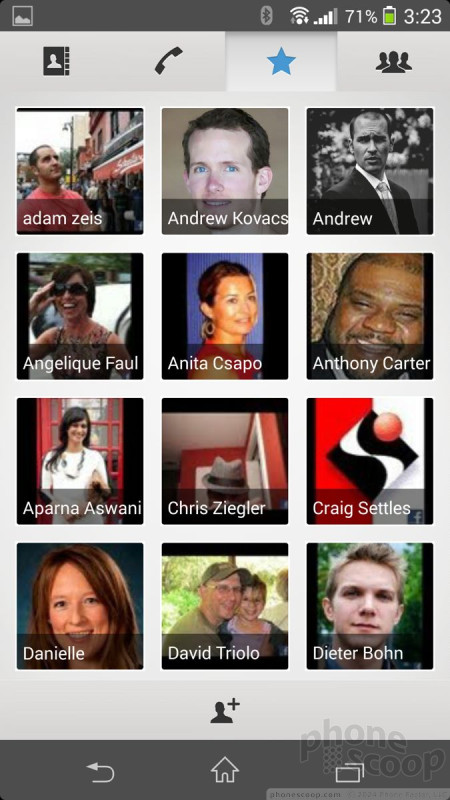



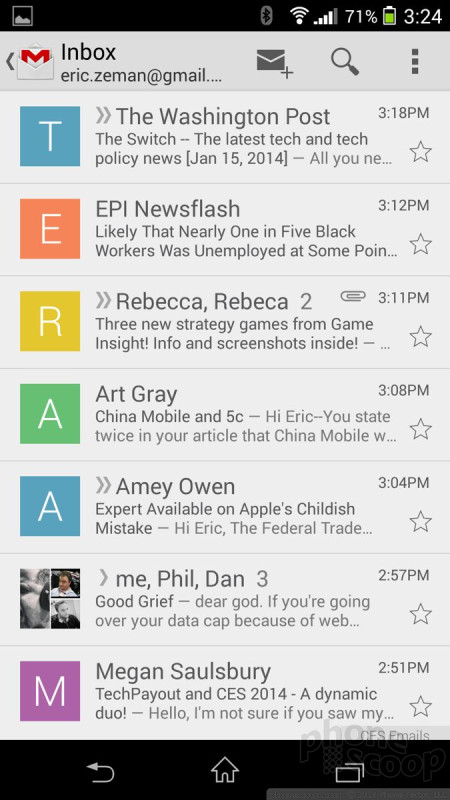




 Hands on with Sony's Xperia Z1 Compact
Hands on with Sony's Xperia Z1 Compact
 Hands-On: Sony Xperia Z1S for T-Mobile
Hands-On: Sony Xperia Z1S for T-Mobile
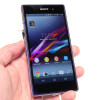 Hands-On: Sony Xperia Z1
Hands-On: Sony Xperia Z1
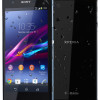 T-Mobile Will Sell Sony Xperia Z1S Flagship Phone
T-Mobile Will Sell Sony Xperia Z1S Flagship Phone
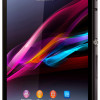 Sony Xperia Z Ultra, Z1, and SmartWatch 2 Now Available
Sony Xperia Z Ultra, Z1, and SmartWatch 2 Now Available
 Sony Xperia Z1 / Z1s
Sony Xperia Z1 / Z1s










